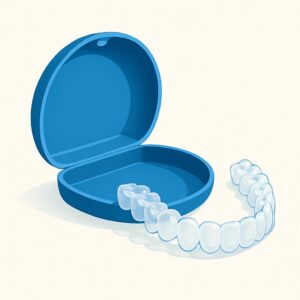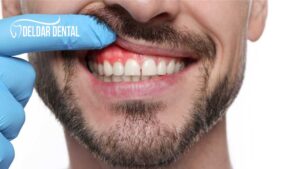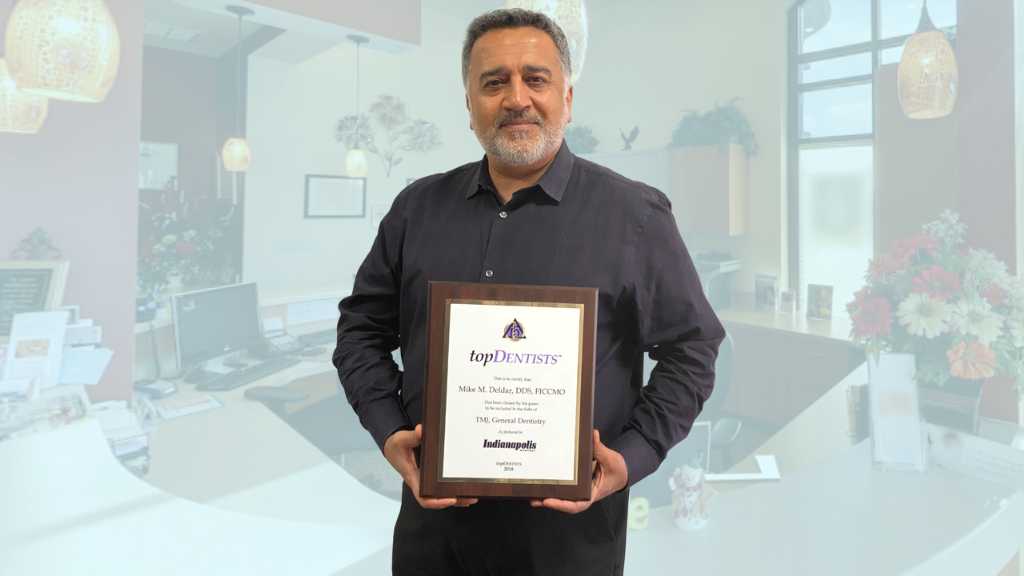A neuromuscular dentist is a pioneer in the dental field. Like Jonas Salk, who developed the first effective, safe vaccine for polio, neuromuscular dentists correct the misalignment of their patients’ jaws at the temporomandibular joint. They produce a balanced bite that relieves TMJ symptoms.
The procedures are so comparatively new. To understand the effectiveness of neuromuscular dentistry, just ask one of the patients who received the treatment. They will tell you that they have had life-altering improvements.
History of the neuromuscular dentist
Prior to the 1980s there was no formal diagnosis for temporomandibular disorder (TMJ disorder or TMD). Many doctors felt that the patients’ jaw pain was, pardon the pun, all in their heads. This led patients to have psychiatric diagnosis rather than a medical one that could actually elicit treatment.
Dr. Bernard Jankelson changed all that by introducing the field of neuromuscular dentistry. When he went into dentistry, he often had patients who had unexplainable jaw aches, pains, headaches, and migraines. Patients also had difficulty chewing and locking the jaw.
Dr. Jankelson began measuring the muscle tension in the jaw joint of his patients. His work paved the way for the studies that were done on the highly complex relationship between TMJ and the upper body -specifically areas of the face, mouth, throat, and neck. He pioneered the field of neuromuscular dentistry and his work has led to the development of treatments for TMJ and the birth of neuromuscular dentistry.
Dr. Jankelson found that by moving the lower jaw into a position where the jaw muscles were at a peak comfort level, the teeth and jaw muscles aligned. In turn, the TMJ disorder and its symptoms disappeared.
How neuromuscular dentistry works
Whereas traditional dentists evaluate the teeth, bones under the teeth, and gums, neuromuscular dentistry involves working with the hard and soft tissues, nerves and muscles surrounding the jaw. Their work is based on an understanding that the muscles power the jaw, and the nerves create the movement of the jaw.
A misalignment of the jaw affects both hard and soft tissues resulting in many physiological problems.
- headaches and migraines
- jaw pain
- shoulder
- neck pains
- tinnitus (ringing in the ears)
- popping and clicking sounds in the joint of the jaw
How to diagnose TMJ disorder
Patients with TMD are no longer sent to a psychiatrist for treatment. Today, dentistry recognizes that TMJ pain is real and correctable. The symptoms themselves offer the first aspect of the diagnosis. Here are the techniques used to quantify the problem and treatment:
- X-rays or digital radiographs show the status of the jaw joints and their positioning.
- Computerized equipment is then used to determine the patient’s jaw resting position and how it moves.
- An EMG then measures both stressed and relaxed jaw joint positions and identifies jaw joint structural defects.
- Next a Joint Vibration Analysis is done by sonography that records jaw joint sounds and abnormalities.
Dr. Mike Deldar, neuromuscular dentist: Putting it all together
So, what is a TMJ dentist? A neuromuscular dentist is a pioneer who utilizes technology to identify, quantify, and treat a very real physical problem. See Dr. Deldar, TMJ dentist in Noblesville IN for all your TMJ problems. We have patients from surrounding areas such as Fishers, Carmel, Indianapolis, and Westfield. Contact us if you have any questions.




